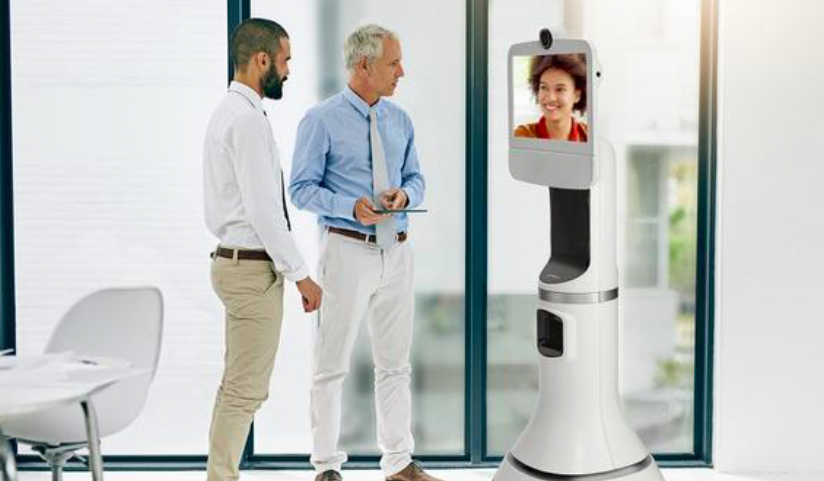In a constantly changing environment in which technological advances continue to reshape our daily life, the advent of telepresence robots is an important step towards bridge geographic distances while also redefining human interaction. These robotics, armed with cutting-edge technologies, bring an entirely new level of remote interaction, offering an exciting and immersive experience, which transcends the limits of conventional video conference. In the realm of telepresence robotics they reveal their transforming potential in a wide range of sectors.
Telepresence robots signify the intersection of robotics, artificial intelligence, as well as communication technologies. These robots serve as avatars, which allow the users to project their images into a remote environment with the robot’s motions and movements. With high-definition cameras as well as mics and speakers the users are able to not only view and listen to what the robot is doing but can also interact with their surroundings, and have real-time chats. This revolutionary technology finds applications in fields like health, education, business and much more.
The applications of telepresence robots encompass a range of fields, with each one reaping the benefits of this technology by utilizing it in a unique manner. Within the field of healthcare, telepresence robots have empowered medical professionals to conduct consultations remotely and rounds. This gives them experts with the knowledge they require regardless of location. Similarly, the education sector is embracing robots to provide virtual learning experiences that students are not able to visit in person. This is fostering inclusion and bridging the gap caused by physical constraints. In addition, companies have introduced the telepresence technology to facilitate remote collaboration among teams spread around the world, breathing new life into the concept of virtual meeting.

The business landscape has been significantly influenced by the telepresence robots incident, especially in the age of remote work and virtual collaboration are becoming the norm. They facilitate the seamless exchange of information with team members located in remote areas which allows for an engaging and intimate experience when compared to conventional video conferencing. From boardroom discussions to training sessions, telepresence robots can provide an increased level of engagement by granting those who are remote the opportunity to move around and interact in the physical workplace.
The potential for the telepresence robots is evident there are a few issues that need to be considered. Security and privacy concerns are a result of the use of microphones and cameras in the privacy of private areas. Protecting personal information from being stolen and making sure that technology isn’t used in a way that is not harmful are crucial aspects. Limitations in technology, like connectivity problems or inability to navigate complex areas, may hinder the effectiveness of these robots. Striking a balance between human control and AI autonomy is yet another issue because users must feel at ease while relying on robotic assistance. Also, the cost of telepresence robots may be prohibitive for some individuals or organizations, causing the issue of accessibility and affordability.
The potential for Telepresence robots is certainly promising but there are many issues to be tackled prior to their wide use. One primary concern is ensuring that the privacy and security of information sent by the robots since they often are used to enter sensitive environments. There is also a need for further advancements in technology for navigation and mobility to ensure that telepresence robots are able to smoothly navigate through difficult surroundings without worrying about accident.